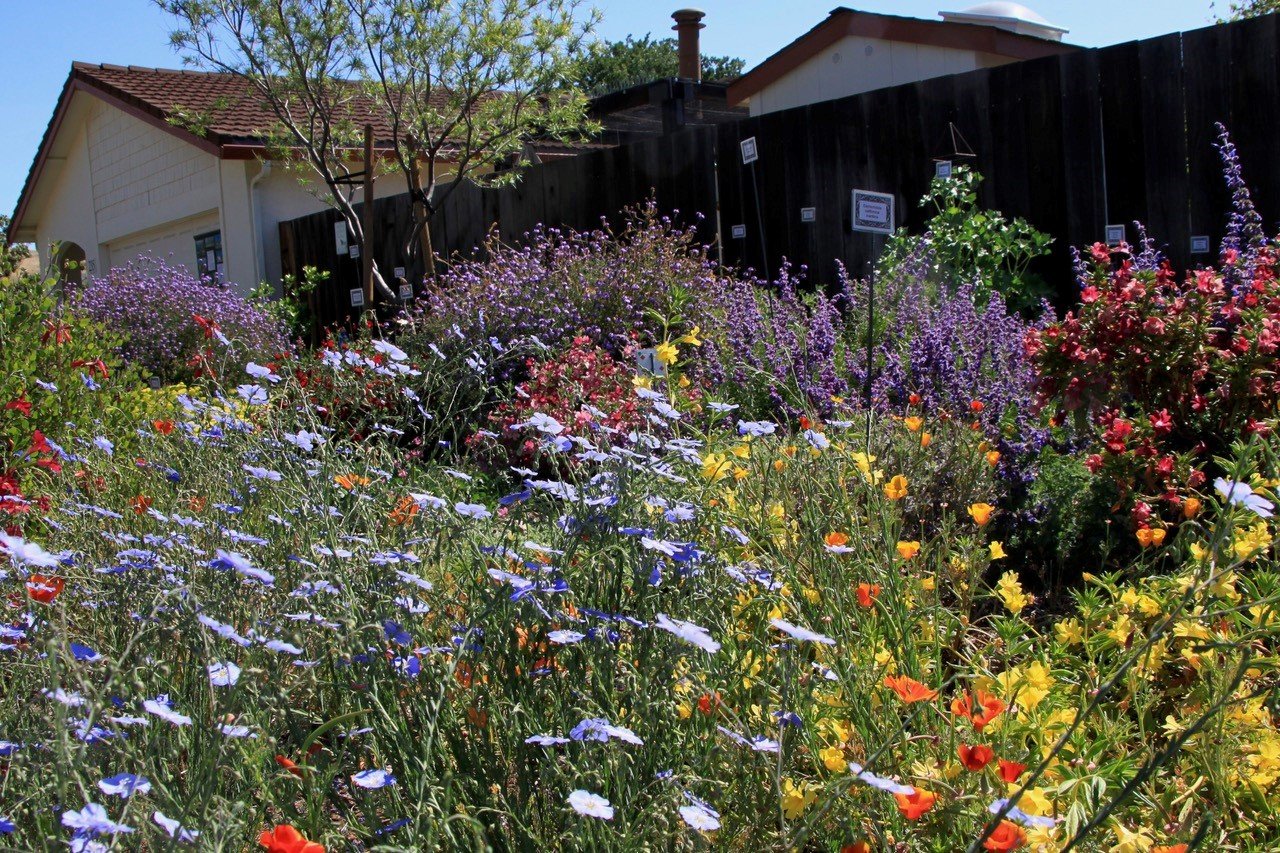
Healing Gardens

Contributor
- Topics: Growing for Biodiversity

Spring 2022
Emily Murphy believes gardens hold the key to saving our health, our communities, and our planet. In her new book Grow Now Murphy presents a compelling case for the power of regenerative gardening to piece together and heal fractured ecosystems. “Go Beyond Organic, Rewild Your Land, Sequester Carbon, Support Biodiversity” the front cover of the book declares.
It’s a lot.
As we come to grips with the alarming realities of climate change and species extinction, it’s easy to get overwhelmed. In “Are You Eco-Anxious?” a short sidebar that appears early in the book, Murphy acknowledges both the scope of the problem and proposes countering anxiety with small steps and hopeful measures, like planting your first seed or adding a single native plant to your existing landscape.

Grow Now is about growing good food, supporting native wildlife, and creating healthy spaces for all living creatures. It’s also a roadmap to nature-based solutions that will “revive, restore and regenerate” our environment. “It starts with one plot at a time,” Murphy writes, “mine and yours and your neighbors, and so on.”
Murphy’s love for nature and passion for growing, as well as her connection with others, is joyfully expressed on every page as she encourages and empowers readers to “grow the change we want to see.”
Chapter one, “Grow a Garden, Change Your Life,” includes a short quiz designed to measure your nature quotient (NQ), which Murphy defines as your understanding of the natural world and personal connectivity to nature. Ever the optimistic coach, she follows the assessment with “15 Easy Ways to Increase Your NQ.” Pay attention to birds, plant an herb garden, or test your soil are a few of the relatively small tasks she suggests that collectively form links in a chain of environmental connection.
Throughout Grow Now, Murphy cites an impressive number of national and international environmental studies, then serves up bite-sized, actionable principals that we can tackle one at a time. Like when she wraps up a discussion on carbon sequestration and regenerative gardening with 7 simple steps to align our garden practices with a healthy carbon cycle. Hint: you’ll see compost with new eyes.

Murphy has always encouraged gardeners to “grow what you love” as a point of connection and personal investment. In chapter four, “Plants for People and the Planet,” numerous lists offer a menu of options: Plants for bees, for butterflies, for eating, for birds, for building soil. Then in “Grow and Gather” Murphy walks gardeners through the process of planting, tending, and harvesting.
When it comes to “rewilding,” or planting to support biodiversity, Murphy suggests you begin with just one plant, purposely planted. Then work your way up to growing a healthy mix, ideally 50 percent native plants, in your ornamental landscape.

Growth is fundamental to everything Murphy purports. “The surest way to grow anything – from plants to friendships to children – is to pay attention,” she writes. “In fact, much of what’s needed to cultivate any healthy relationship is what’s required to cultivate a thriving garden.”
Everything is connected. From the earth’s vast water cycle to virtually invisible soil microbes, feedback loops at every scale push and pull at life to create a resilient system. Grow Now encourages us all to play a meaningful role in a solution that is both personal and planetary.
Permission statement: This story first appeared in Pacific NW Magazine in The Seattle Times and can be viewed here: https://www.seattletimes.com/pacific-nw-magazine/the-author-of-grow-now-plants-manageable-seeds-for-connecting-to-nature-and-to-positive-change/
Lorene Edwards Forkner is the author of the newly released “Color In and Out of the Garden,” Abrams, 2022. Follow along at ahandmadegarden.com.
Share:
Social Media
Garden Futurist Podcast
Most Popular
Videos
Topics
Related Posts

Design Futurist Award Announced: Committee Shares Vision
March 8, 2023 At Pacific Horticulture, we believe that beauty can be defined not only by gorgeous plants and design, but also by how gardens

Native Bees and Your Garden
Winter/Spring 2023 The native bees in and around our gardens face ever-increasing environmental pressures as they carry out their pollination duties. More than a quarter

Voices of the West; New Science on Life in the Garden
Did you know that oaks can harbor over 800 species of insects? That includes only those feeding directly on oak, where they feed on every

Nature Therapy from the Contemplative Garden
Winter 2022 Women’s hushed morning voices mingled with crashing waves and chattering crows. “The kettle’s still hot.” “Can you pass the honey?” Whoosh, crash, caw,











Responses